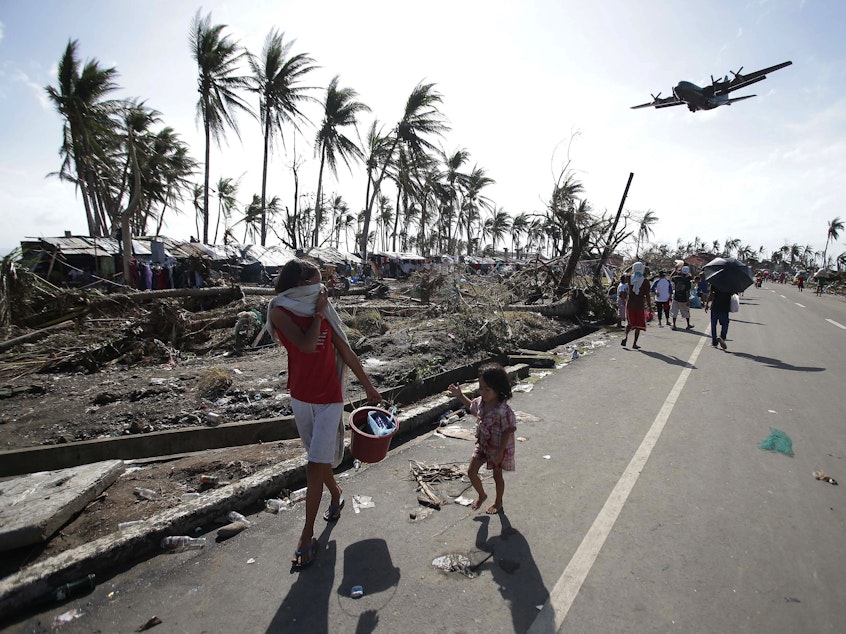Scientists explore whether to add a "Category 6" designation for hurricanes

Hurricanes are rated on a scale from one to five, depending on their wind speeds. The higher the speed, the higher the category. But as climate change makes powerful storms more common, it may be necessary to add a sixth category, according to a new paper published by leading hurricane researchers.
The current five point scale, called the Saffir-Simpson scale, was introduced in the 1970s and is used by forecasters around the world including at the National Hurricane Center in Florida. Under the scale, storms with maximum wind speeds of 157 miles per hour or higher are designated as Category 5 hurricanes.
Category 5 storms used to be relatively rare. But climate change is making them more common, research shows. And some recent Category 5 storms have had such high wind speeds that it would make more sense to assign them to a Category 6, if such a category existed, the authors argue.
The authors of the new paper, James Kossin of the First Street Foundation and Michael Wehner of the Lawrence Berkeley National Laboratory, have been studying the effects of climate change on hurricanes for decades. They propose that Category 5 should include hurricanes with maximum sustained winds of 157 to 192 miles per hour, and that a new Category 6 should include any storm with wind speeds above 192 miles per hour.
Under the new scale, Category 6 hurricanes would be exceedingly rare right now. For example, it might apply to 2013's Typhoon Haiyan devastated the Philippines with wind speeds around 195 miles per hour. In fact, scientists in Taiwan argued at the time that Haiyan necessitated a new category designation.
Sponsored
Four other storms since 2013 would qualify for Category 6 status, including 2015's Hurricane Patricia, which hit Mexico, and three typhoons that formed near the Philippines in 2016, 2020 and 2021.
But other powerful storms wouldn't make the cut. For example, Hurricane Irma had sustained winds around 185 miles per hour when it hit the U.S. Virgin Islands in 2018 as a Category 5 storm. The wind damage from Irma led some residents to suggest that the storm should have been given a Category 6 designation by forecasters, because they felt that they hadn't been adequately warned about the extraordinarily dangerous wind. But under the new proposed scale Irma would remain a Category 5 storm.
And the new scale would do little to convey the particular danger from storms such as Hurricane Harvey, Hurricane Florence or Hurricane Ida, which fit cleanly into the current wind speed scale, but caused deadly flooding from extreme rain. Climate change is to blame – studies have found that hurricanes and other storms are dropping more rain because a warmer atmosphere can hold more water.
The National Hurricane Center, which handles official category designations for hurricanes that threaten the United States and its territories, has not weighed in on the question of adding a Category 6. The center has done other things to update hurricane forecasts in response to climate change, however, including new storm surge forecasting tools, and upgrades that allow forecasters to predict the intensity and location of storms earlier, so people have more time to prepare and evacuate. [Copyright 2024 NPR]



